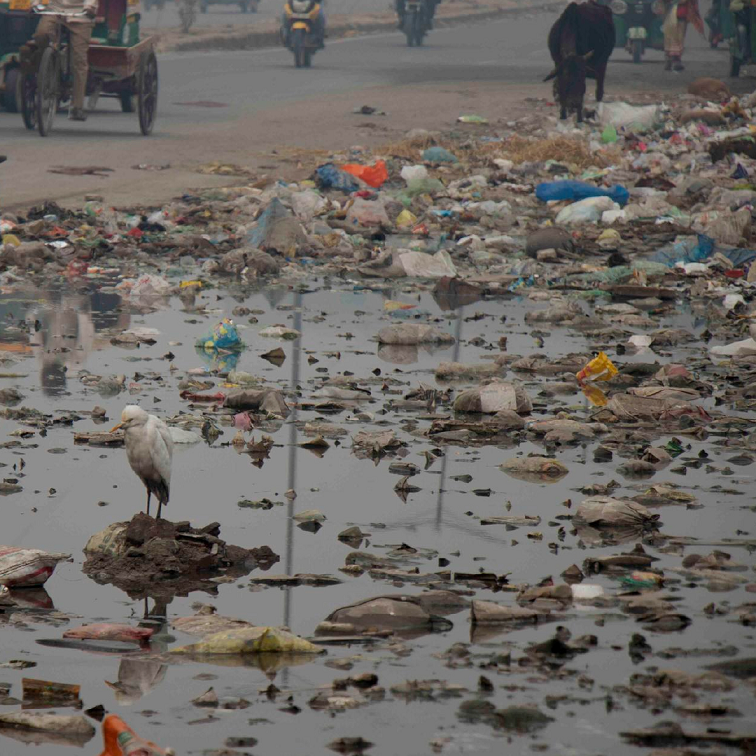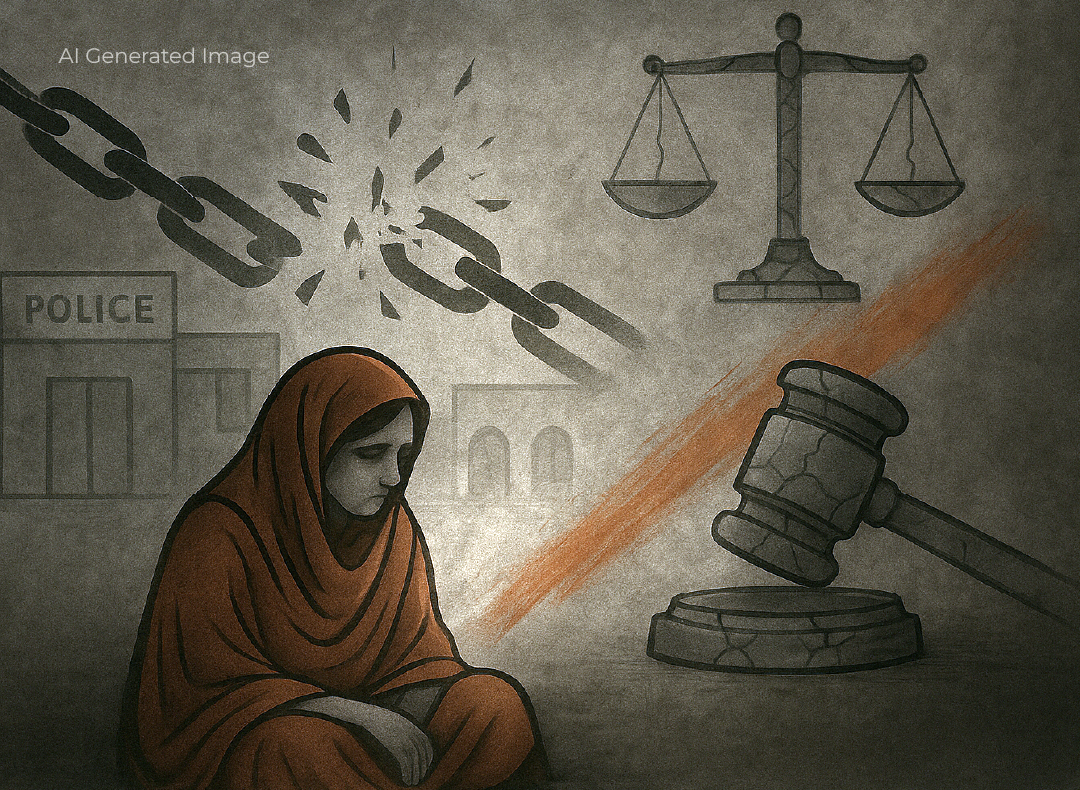Chaudhry Umar Hayat lives in Model Town Lahore. In 1992, he had built a house on one kanal land and moved there with his family. He explains that he moved from the village to the city with his wife, two sons and a daughter. All of his children are married now.
The daughter went to her husband’s house while the sons divided the house into two portions. Moreover, the lawn of the house has also been replaced by rooms.
“When we moved here, there was a vacant lot on both sides of the house that is occupied today. Most of the people residing here are from villages or small towns. Earlier this area had one and two-storied buildings. However, now multi-storied apartments are also under construction.”
Mian Muhammad Ibrahim, a resident of Gulberg, was concerned about providing separate houses for his sons after their marriages. He decided to build two floors above his 10-marla house.
Now he lives on the ground floor with his wife and younger son while his two elder sons live on the second and third floors of the house.
The significant rise in urbanisation is increasing issues in big cities such as lack of housing, food, energy and transport. Moreover, air pollution and smog levels are also on the rise.
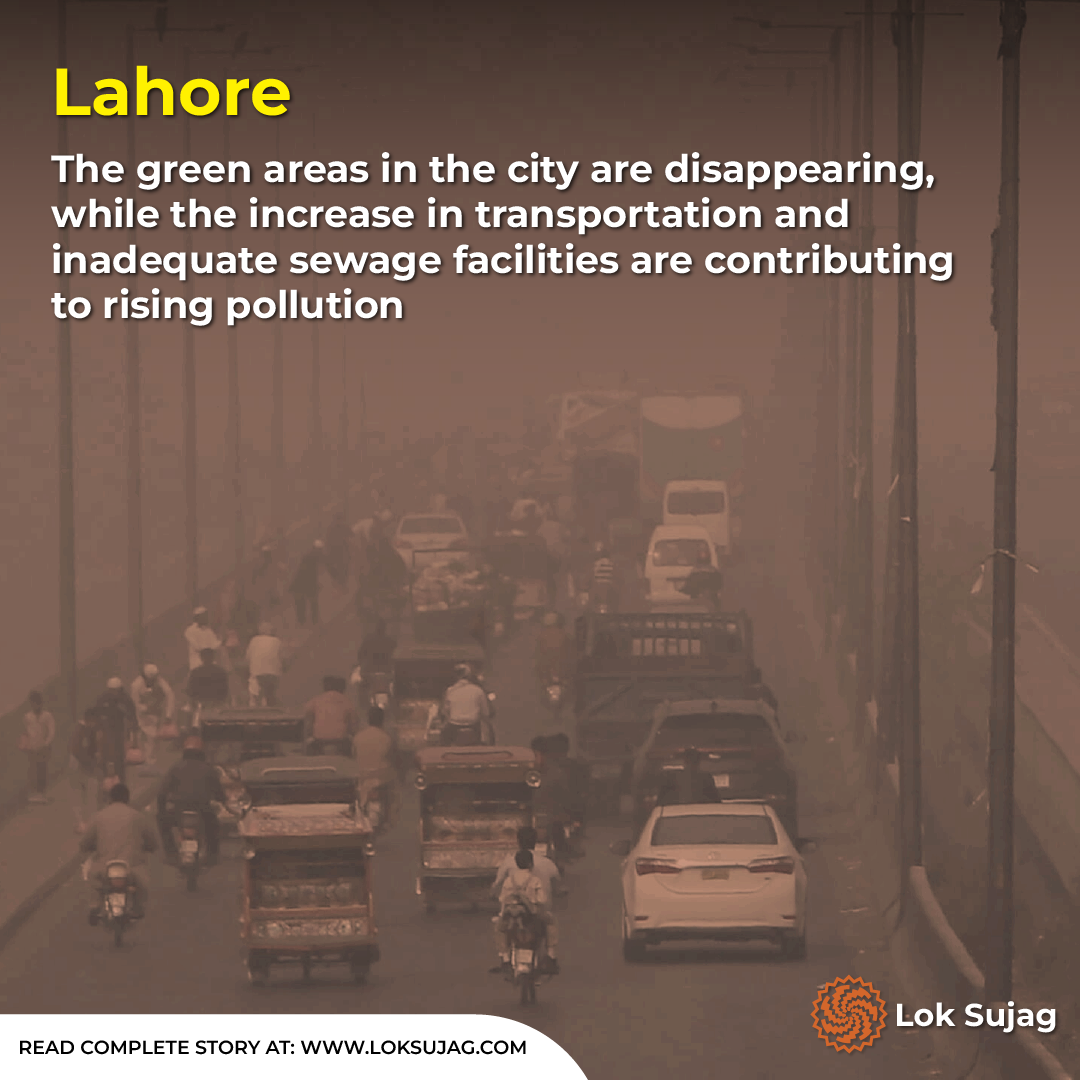
Those who travel between Lahore city and Wagah border know that the road beyond Harbanspura on the Canal Road looked deserted 15/20 years ago and people used to avoid travel on it after dusk. There was no transport on the GT Road past Doroghawala to Manawan, Jallo Mor and Wagah border after 10pm.
The population towards Multan Road and Thokar Niaz Baig was also scanty. However, now Lahore has spread from the Wagah border to Thokar Niaz Baig, and from Shahdara to Kahna.
Moreover, several towns have merged into city after converting into housing schemes.
According to the World Population Review, Lahore is the 42nd largest city in the world and the second largest city in Pakistan.
In 2000, its population was 55,76,372 people, which has increased to more than 1,44,00,000 in 2024.
Lahore’s population has doubled in the last 14 years. Today, 6,300 people reside in one square kilometre.
Idris Haider, the manager of communications of the Punjab Municipal Development Fund Company (PMDFC), informs about the three main factors for the boost in urban population.
One is the natural increase that occurs over time in the families of the people already living in the city. The second one is the rapid construction of housing schemes in semi-urban areas and suburban towns that are expanding due to their proximity to the city. The third major factor is migration from small towns and villages to big cities like Lahore.
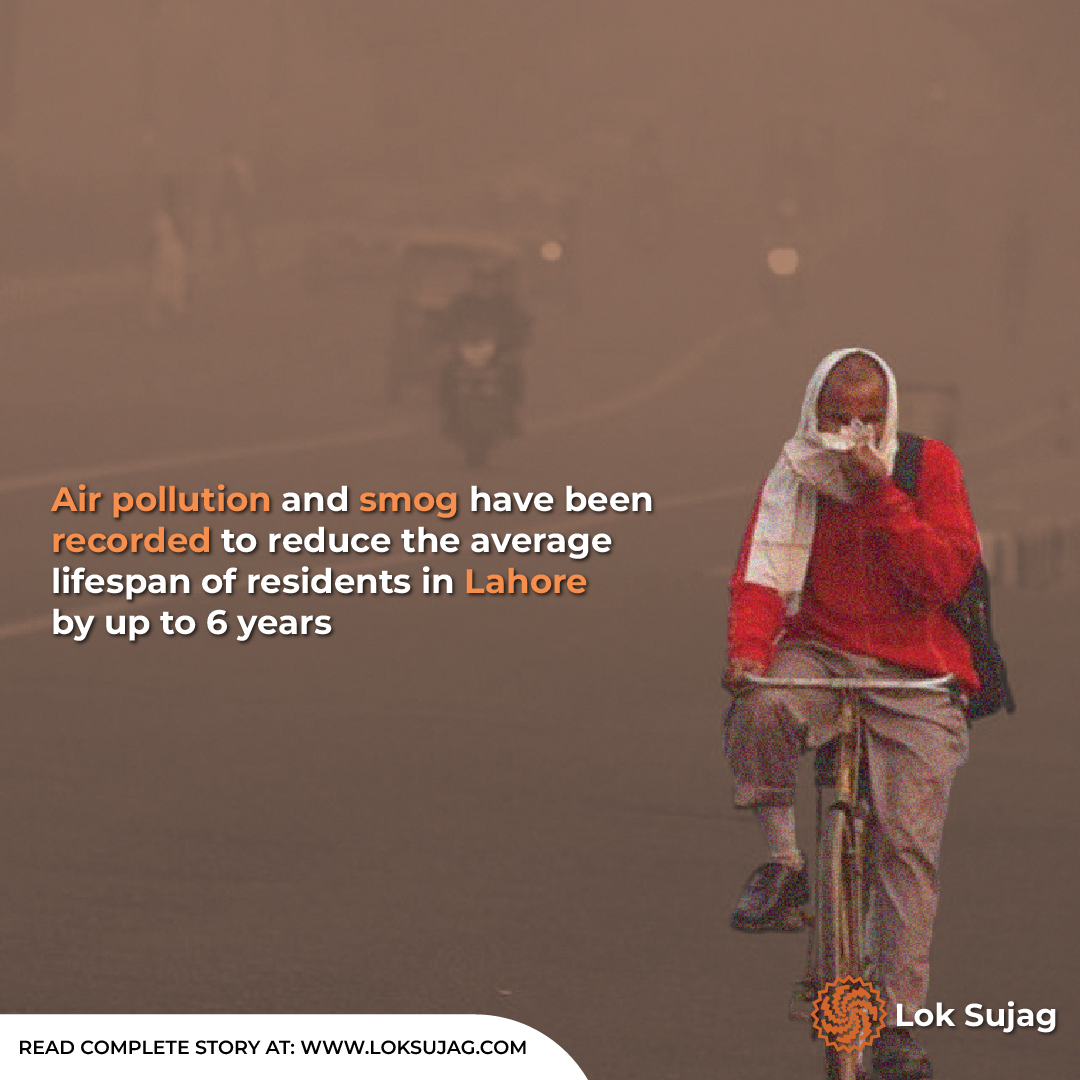
According to him, the search for better employment opportunities, higher wages, and availability of better education and health facilities compel people to migrate from small towns and villages to metropolitans.
However, this burdens urban areas by straining food availability, energy, transport, accommodation, and other basic facilities.
Environmental Protection Department Deputy Director Ali Ijaz says that apart from other issues, the increase in urban population also influences the climate.
Green areas in the city are depleting while pollution is increasing due to an increase in transport and inadequate sewage facilities.
“Most industries are located near the cities where the consumed fuel creates pollution. An increase in population decreases the cultivable area.
Hence, hybrid seeds are grown to meet the population demands for which additional fertilizers and pesticides are used. This all consequently increases the carbon dioxide.”
He adds that urbanisation increases energy consumption and carbon emissions, making urban areas more vulnerable to environmental degradation.
Air pollution is raising smog in Lahore due to which citizens complain about eye infections and skin and respiratory diseases. Consequently, the average age of the people living in Lahore has been reduced by six years.
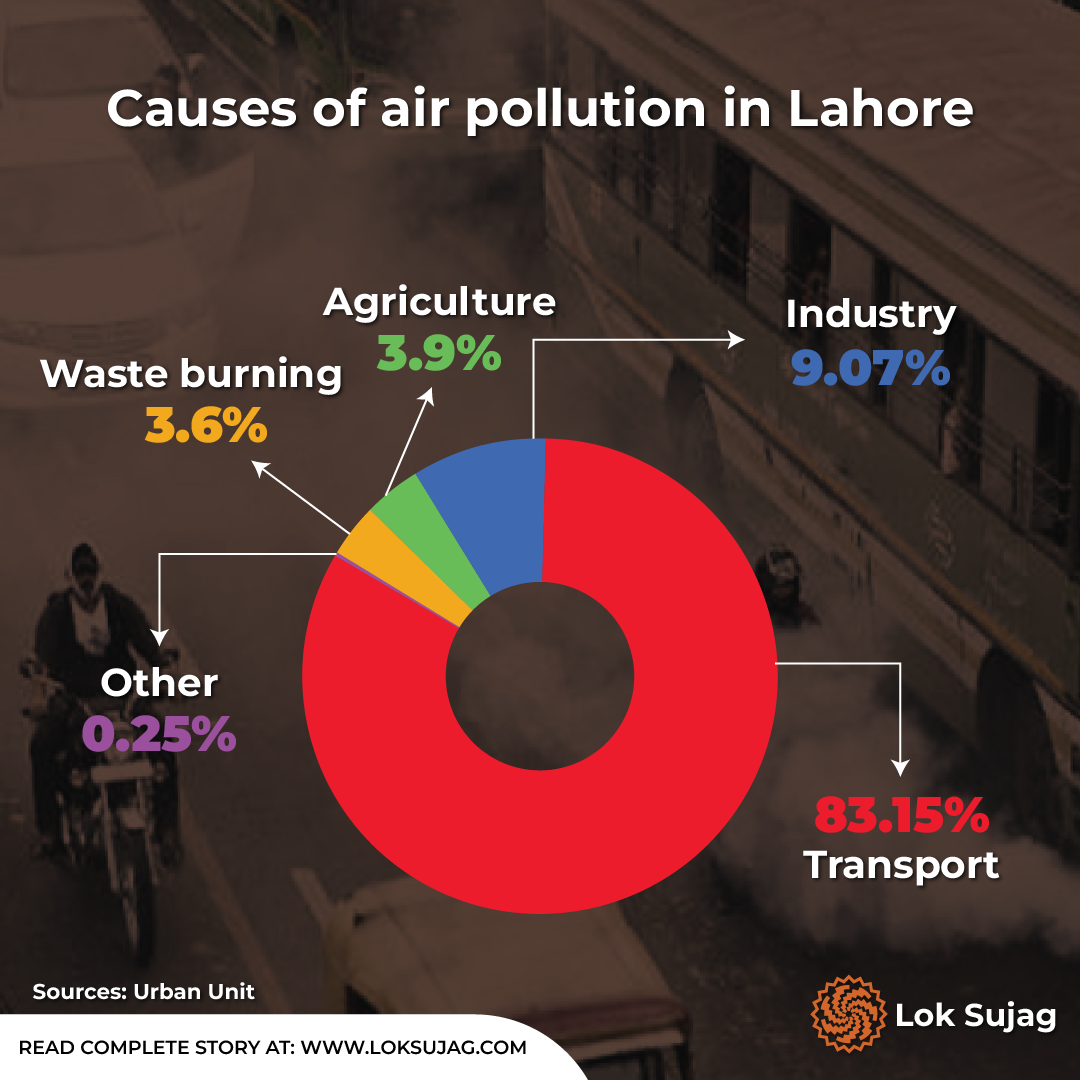
The 2023 Urban Unit’s report on the Sectoral Emission Inventory of Lahore mentioned that the city had poor air quality from 2011 to 2021, which was extremely harmful to human health.
A 15pc decrease in the average rainfall and significant increase in temperature was observed here.
In the last 30 years, the green areas of Lahore have decreased by 392.78 square kilometers while the built-up area has increased by 113.85 square kilometers.
The report mentions transport as the root cause of pollution, contributing about 83.15pc. Substandard fuel used in industries accounts for 9.07pc of pollution, with agriculture at 3.9pc, garbage burning at 3.6pc, commercial activities at 0.14pc, and domestic activities at 10.11pc.
“Urbanisation is leading to rapid growth in transport. In 2011, the number of small and large vehicles registered in Lahore was 23,90,000, which increased to 62,90,000 in 2021. Now the number has gone up even more,” says the report.
Idris Haider says that it is impossible to send those people back who have moved to the cities.
However, the increasing construction of buildings can be restricted. For this purpose, vertical growth of cities with high-rises should be promoted instead of horizontal growth.
“In the sprawling cities with horizontal growth, you need to travel more for schools, colleges, offices, hospitals and shopping centers which consume more fuel. Vertical urbanization will facilitate the residential necessities and amenities through apartments in tall buildings and will also reduce greenhouse gas emissions.”
Also Read
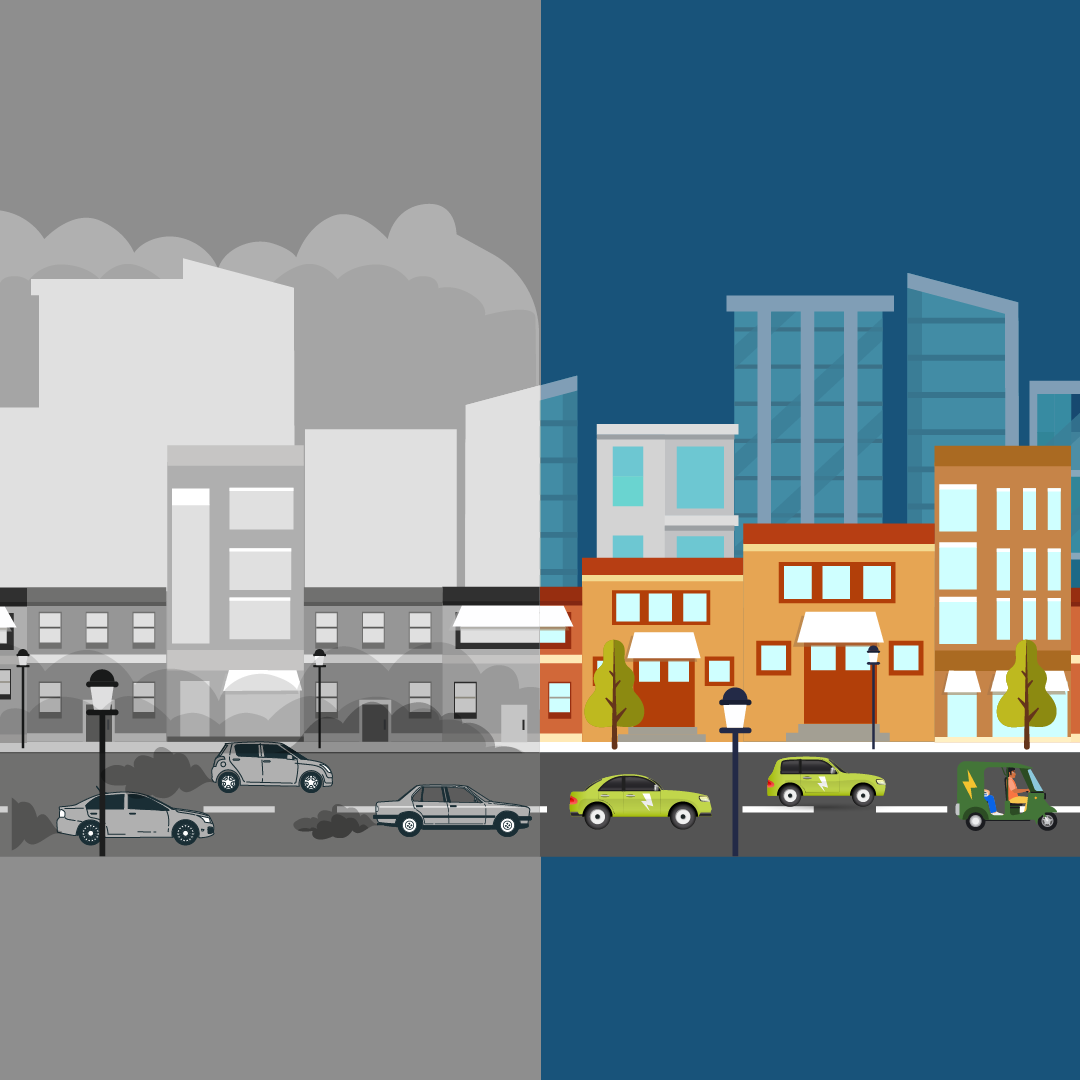
How Much Air Pollution Can EVs Reduce?
Haider says that the PMDFC is trying to prevent migration towards big cities. For this purpose, infrastructure improvement projects are underway in 11 small towns, including Wazirabad, Hafizabad, Jhang, Gojra, Jaranwala Kamalia, Okara, Khanewal, Bahawalnagar, Burewala and Kot Addu.
Techniques for the city’s infrastructure, especially for road construction and sewage systems, are used in such a way that they reduce pollution.
Renowned Iranian urban planner Zahra Sani also agrees that to prevent urban sprawl and to save energy, it is important to construct multi-storey buildings where small homes can encompass all necessary amenities, such as a kitchen, living room, bedroom and bathrooms.
Buildings should be structured in such a way that allows natural light and air to reach their every part.
Moreover, plantation should be mandatory for each portion. She suggests that to tackle the transport problems, public transport facilities should be improved so that people travel by metro train or bus instead of private vehicles. The presence of green areas in new housing societies should be considered as a basic requirement.
Published on 29 Jul 2024
